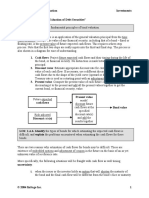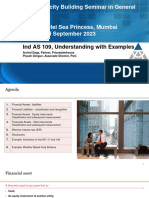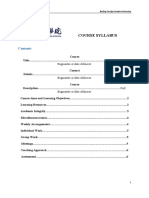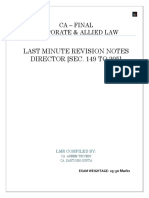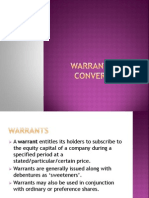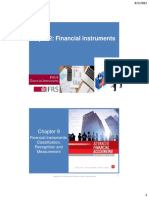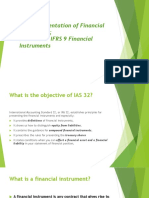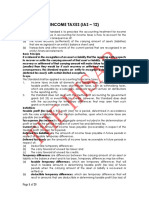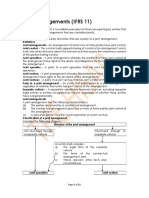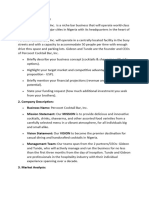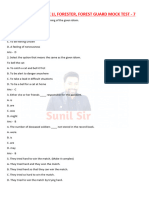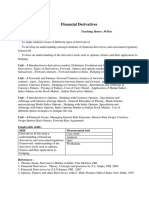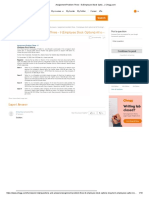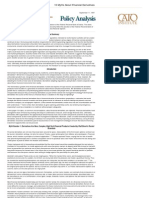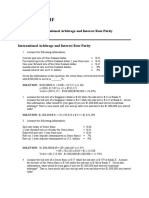100% found this document useful (1 vote)
299 views49 pagesIFRS 9 Part 1
This document provides an overview of key IFRS standards related to accounting for financial instruments:
1. IAS 32, IAS 39, IFRS 9, IFRS 7, and IFRS 13 provide guidance on the presentation, recognition, measurement, and disclosures of financial instruments.
2. IFRS 9 replaces IAS 39 and simplifies the classification and measurement of financial assets and financial liabilities.
3. A financial instrument is any contract that gives rise to a financial asset of one entity and a financial liability or equity instrument of another entity. Common examples include cash, receivables, payables, shares, and derivatives.
Uploaded by
ErslanCopyright
© © All Rights Reserved
We take content rights seriously. If you suspect this is your content, claim it here.
Available Formats
Download as PDF, TXT or read online on Scribd
100% found this document useful (1 vote)
299 views49 pagesIFRS 9 Part 1
This document provides an overview of key IFRS standards related to accounting for financial instruments:
1. IAS 32, IAS 39, IFRS 9, IFRS 7, and IFRS 13 provide guidance on the presentation, recognition, measurement, and disclosures of financial instruments.
2. IFRS 9 replaces IAS 39 and simplifies the classification and measurement of financial assets and financial liabilities.
3. A financial instrument is any contract that gives rise to a financial asset of one entity and a financial liability or equity instrument of another entity. Common examples include cash, receivables, payables, shares, and derivatives.
Uploaded by
ErslanCopyright
© © All Rights Reserved
We take content rights seriously. If you suspect this is your content, claim it here.
Available Formats
Download as PDF, TXT or read online on Scribd
/ 49



